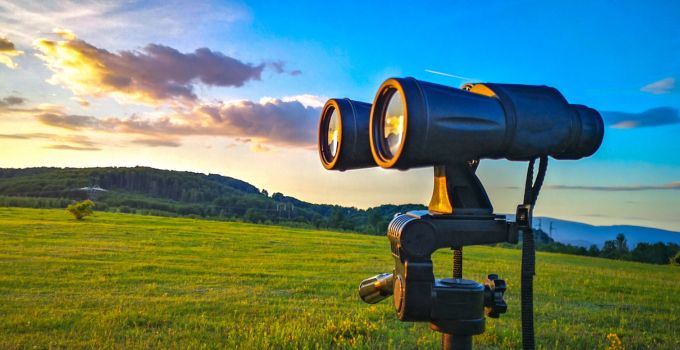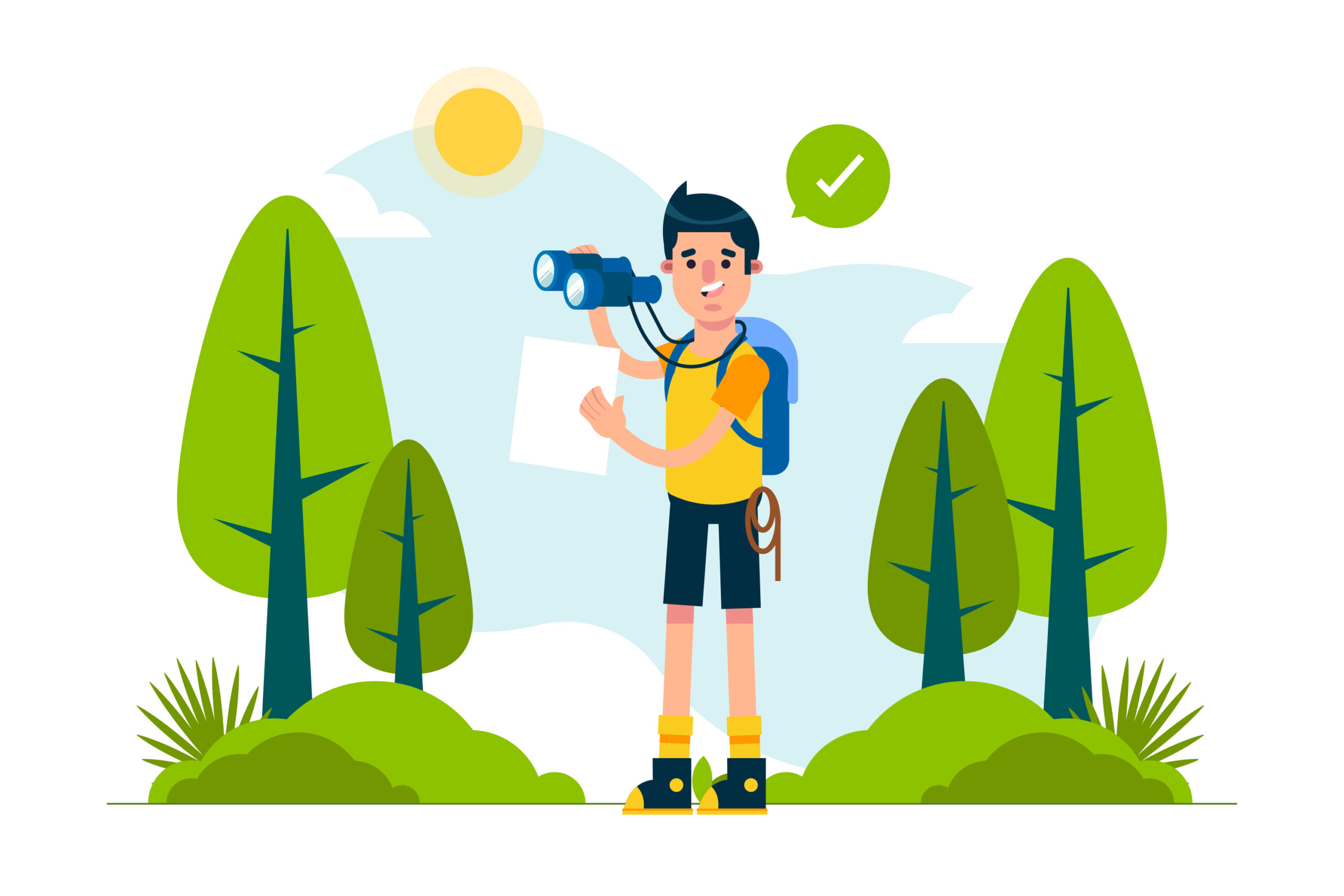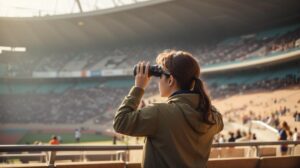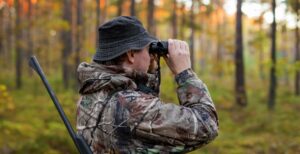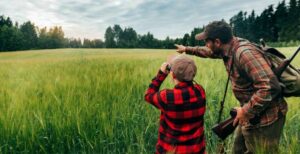Where you have to start
What to look for when buying binoculars, It is always difficult for us to make a final decision. We are always confused about how to find the best binocular pairs that fulfil our desires. It will be really exciting to have an amazing and worthy pair of binoculars that can facilitate our outdoor activities such as hunting, shooting, hiking, bird watching, and stargazing.
Many options to choose to buy binoculars
Most of you would still be confused about how to choose the best binoculars for your adventures. There are huge number of options available for binoculars, regarding different price ranges, features, and specifications. We can understand that this is always confusing while choosing what you have to buy.
Don’t worry, I am here to provide the things of your desire, depending on the specifications and their advanced features. I will guide you on what to look for when buying binoculars and how binoculars work. I will talk about different terms related to magnification, lens, design, size, prism type, and focusing on the object.
After passing through my ultimate binoculars guide, I will help you decide how to find the best binocular for you. I will clarify all the confusion and doubts and lead you to make a final decision that is parallel to your interests.
Magnification
The most essential thing to look for when buying binoculars is magnification or power. I know you are wondering which binocular magnification is better. So let me explain to you: first of all, I will explain to you about magnification.
Let’s suppose one of the binoculars has a magnification power of 10×42. In this scenario, the 10 in the magnification strength means you can see the object 10 times closer than with your normal or naked eyes. So if you are looking at the bird that is 100 yards away, that will appear 10 yards away through 10x binocular.
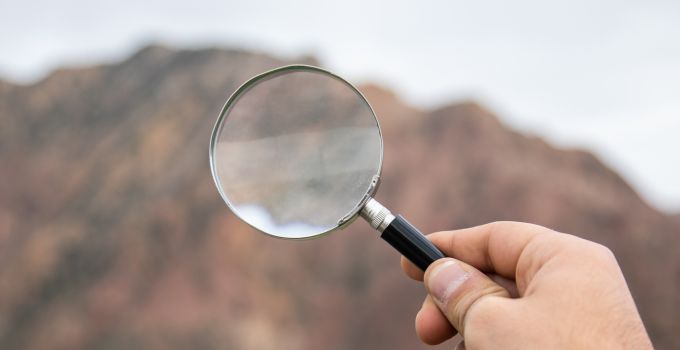
Which is the best magnification for binoculars
While looking to buy binoculars, we always prefer to buy high-power binocular. But higher magnification means being more responsive and sensitive to small movements.
Generally, high power binoculars are expensive to buy and hard to use due to their sensitivity. Mostly, we prefer to use an 8x to 12x binocular for hunting, bird watching, and a wide view in low light. For stargazing and very long distances, we prefer to use 12x to 20x binoculars.
Objective lens
The binocular lens size is always measured in millimeters, and the second number represents the lens size. For example, 42mm is the size of a set of 10×42 binoculars.
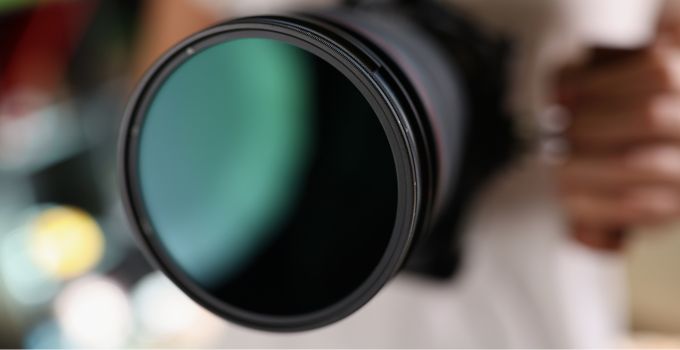
The main purpose of the objective lens size is related to the proportion of light that the lens gathers. Usually, the size of the object lens for compact binoculars is 25 to 28 mm. Standard or mid-size binoculars are 30 mm and for big size binoculars are from 40 to 50 mm.
Binoculars Size
Size is an essential part of how people always prefer to look when buying binoculars. Regarding the size of binoculars, there are multiple factors involved. One of the main factors is that we have to carry the object, and it’s difficult for us to carry a larger or heavier binocular, which will also be exhausting.
The size of the binocular depends on its use. However, size is composed of two numbers, such as 5X20 or 10X42. The first number indicates the magnification, and the second number refers to the lens diameter in millimeters. I have divided binocular sizes into three categories according to their use.
Compact Size
The binoculars that can fit into a purse or pocket will be considered compact binoculars. The small size will consist of a smaller lens with a diameter between 25mm to 28mm, and the magnification also fall around 6X or less.
The price range of compact size binoculars can vary from $50 to $200, depending on the material, feature, and reputation. But you will observe that the view of the field will remain impressive.
I always prefer to use a small binocular if you are going to view a match and enjoy boating. So, you can use compact size binoculars for supporting events and many other outdoor activities.
if you take them to a festival, concert, or theater, then small size binoculars do an excellent job due to their wide-angle lens. I also recommended you choose a compact size that can be the best binoculars for kids.
Standard size
The size of the binocular can be important in any way because we have to carry the object the whole day to accomplish our aim. The standard size of binoculars is from 6x to 10x, with the standard lens size being 20mm to 34mm. If you have to look for the best binoculars for hunting and bird watching, then the standard size is enough for you.
Big Size
A larger object means it is heavier in weight and takes up more space in your bag. Big-size binoculars can vary from 40 to 42mm and 50mm for very long-range models. These models are mostly used for stargazing binoculars. You can use big binocular in a low light environment or for astronomical purposes, and it costs you $120 to $2000.
So till now, we have seen the basic features. But now we will move to advanced features that are considered highly important and take note to highlight what to look for when buying binoculars
Waterproof, Water resistance, fogproof
Waterproof, Water resistance, or fogproof is also an important factor that is looked at when buying binoculars. Because when we want to buy binoculars for outdoor activities, we always prefer to choose waterproof or water-resistant binoculars.
If you plan to use binoculars in the rain, skating, skiing, or water rafting, then you must choose waterproof binoculars. These are made to prevent water or fog moisture from getting inside due to being sealed with O-rings.
Although many optics have a different type of seal or gasket, But many objects are not properly sealed; they can only be water resistant binoculars rather than waterproof binoculars.
So it depends on you as to where it has to be used. The waterproof object is slightly more expensive than the water resistant. If we talk about fogging, then it always occurs due to air that is inside the tubes, which contain moisture.
Pro Tip
I will advise you that you shouldn’t use a simple binocular if you have plans to use one in warm or frigid conditions. Because moisture can condense and fog can appear inside the binocular lens, I also always prefer to use waterproof binoculars to make your adventure joyful. So far, I have certainly described what to look for when buying binoculars
Field of view/Angle of view (FOV/AOV)
First of all, I will explain to you what “field of view” or “angle of view” is. When you are looking through a binocular, the area of view that is visible to you is called the “field of view” or “angle of view”.
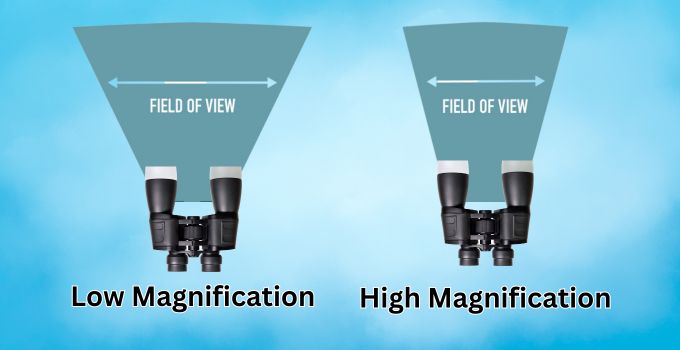
FOV is always measured in feet or meters, and AOV illustrates the degree that expresses the width of a particular view from a specific distance. Let us understand with an example: suppose a person that is standing 1000 yards away from you. If you are looking through an 8x magnification binocular, then the field of view will be equal to 315 feet.
While buying binoculars, always consider that if the magnification is high, then the field of view will be narrow. So most of the hunting binoculars or bird watching binoculars are lower-powered (6x to 8x).
Eye relief
I understand how it can be difficult for us to know what to look for when buying binoculars that can provide relief to eyes. So let me explain that eye relief is the distance from your eyes and the eyepiece lens surface to see the complete field of view.
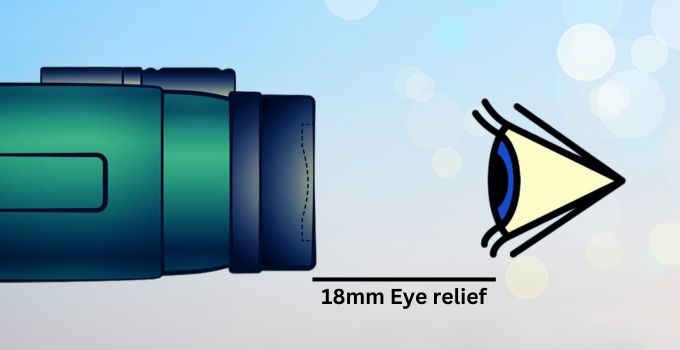
Its range from 5mm to 20mm for the naked eye is 14mm to 15mm or greater if you wear glasses. Most binoculars come with rubber cups that can help you set the eyepiece over the eyes while using the binoculars to see the object.
Focus types of binoculars
There are two basic types of focus. The widely used and most common focusing type is centre focus. The focusing wheel is placed on the bridge, in the centre of two oculars, with an additional diopter adjustment dial for one of the eyepieces or for both that allows us to compensate for the eye’s unequal vision. The centres focus is the most famous focus type because it is extremely handy. So focusing type is a factor that is essential for what to look for when buying binoculars and you must should now how to focus while using binoculars.
One of the other types is the individual focus binocular. It gives you the ability to focus on objects individually for each eyepiece, either left or right. This is the most commonly used type for extremely precise focusing, and that is not handy to use.
Binoculars Prism Type
The next step for what to look for when buying binoculars is a prism type. Binocular prisms are one of the other complicated factors that you may need to understand. For prisms, there is the use of a convex lens for eyepieces and objective lenses that comprise an erecting prism. Which enables the image to display upright to you.
The two types of the prism are Roof Prism and Porro Prism.
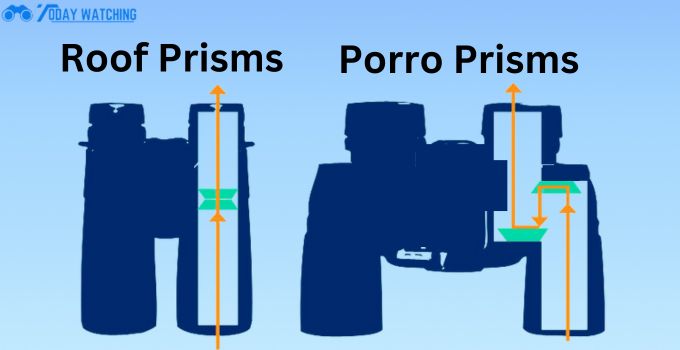
Roof Prims
The roof prism is a simple type that makes the binocular design more lightweight and compact. So, the objective lens and the optical axis of the eyepiece are designed in a straight line.
Porro Prism
On the other hand, porro prisms are larger and more complicated, providing us with a bright and intense field of view from lower to higher magnification. Porro prisms provide us with better image quality. But if you want a compact binocular, then I recommend choosing a roof prism binocular.
Exit Pupil size
When buying binoculars, we always prefer to choose binoculars that make the view brighter and clear. The best pair of binoculars provide better image quality and brighter view because they gather extra light than a simple eye.
To understand the exit pupil, we have to divide the size of the objective lens by the magnification size, and then it’s expressed in millimetres. Let’s suppose 10×50 binoculars, and the exit pupil size will be 5mm. I will recommend you choose the exit pupil size at least from 4mm to 5mm. Because the average size of the pupil for humans in normal light is about 3mm,
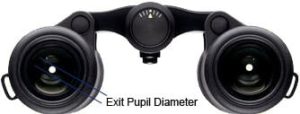
Final thought while choosing binoculars
What to look for when buying binoculars depends on your budget. So, I always recommend to you, while choosing binoculars, that they fit your budget and are always affordable. But also consider the quality factor while buying binoculars that fulfils your needs and makes your journey amazing.

